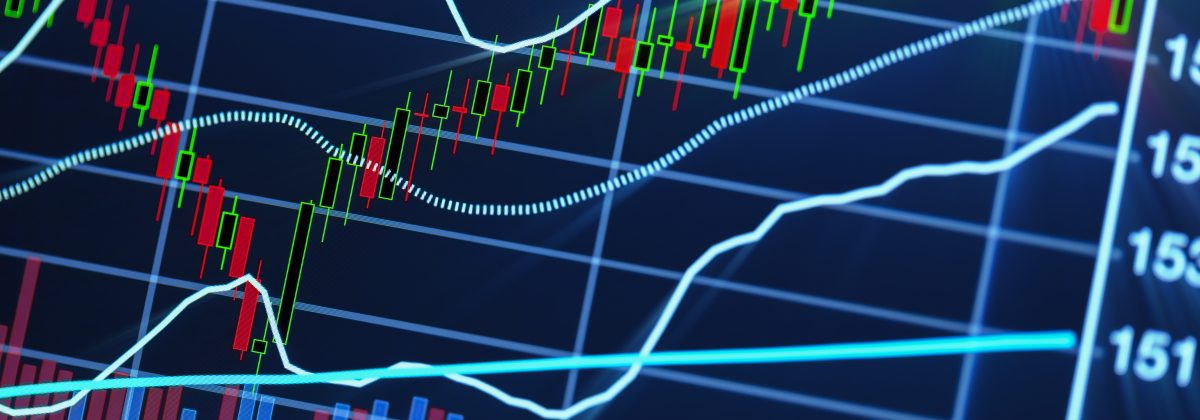مؤشرات حجم MT4

Volume Indicators are keys to understand market transactions. The active participants in the market, its strength and intensity determine the volume of finished transactions. Volume can provide information about the strength of a particular trend in the market. Volume trading has similar characteristics to momentum trading.
If volumes increase, as prices move in a certain direction of the trend, it signifies that a particular trend is in good health. On the other hand, if volumes decrease as price continues in a direction, it is concluded that the trend is weakening. Traders can adapt their positions accordingly in each of these cases.
The Importance of Volume in Trading
The measure of how much a financial asset has been traded for a specific period of time is what constitutes volume. Every buyer buys shares from a seller and every seller sells the shares to a buyer. The transactions between a buyer and seller, for the best price, at different times in the market, create a price movement or a trend. Volume can be a useful tool to analyse these transactions of financial assets, and can be used to improved profits and mitigate risks.
Traders are usually more inclined to join strong moves rather than weak ones. Hence, rising markets tend to see rising volumes. Increasing prices and surge in the number of buyers show that enthusiasm is intact among buyers and there is sufficient market interest. On the other hand, increasing price and decreasing volume of buyers depicts a lack of interest. This could be an indicator of a potential market reversal.
A price drop or rise in volume is, hence, always a strong indicator of a fundamental change in a stock value.
Exhaustion moves or what can be termed as general sharp moves in price, along with sharp increase in volume, could indicate a potential end of a market trend. Those who waited initially, and wanted last minute gains from these sharp moves, trade at market top, thus exhausting the number of buyers. Once the stock price hits the bottom, a large number of traders leave the market, resulting in volatility and increase in volume. This makes volume indicators a useful tool to look for bullish signs in the market.
So, volume essentially helps to look for price reversals or market reversals, and assists in identifying bullish trends. By studying the different key trading patterns like reversals, consolidations and retractions, traders can improve their spread betting profitability too.
Volume Indicators on MT4
Mathematical formulae are represented visually in charting platforms on MetaTrader 4. Each indicator uses a different formula, and traders have to select them based on their individual market approach. Volume has a characteristic of being always a little ahead of price. There is essentially no way of showing direct volume of transactions in the forex market. Hence, volume indicators are constructed to show the number of price changes or “ticks” during one bar. The volume indicator on MT4 is solely based on tick volume. On launching it, there are no variable to set. One has to simply click “OK” and the forex volume indicator appears as a separate chart, underneath the main one.
It should be noted that the indicator does not represent actual volumes of trades in the market, as we mentioned earlier. But, there is the self-fulfilling nature of technical analysis, which gives the method its credibility. During important news releases, one might refer to them, since volumes are expected to be larger during those times.
The effectiveness of this tool can be enhanced in combination with complementary indicators. Since so many indicators look at price, it is easy to find one that has a different perspective and methodology of looking at the market.
Disclaimer
If you liked this educational article please consult our Risk Disclosure Notice before starting to trade. Trading leveraged products involves a high level of risk. You may lose more than your invested capital.




